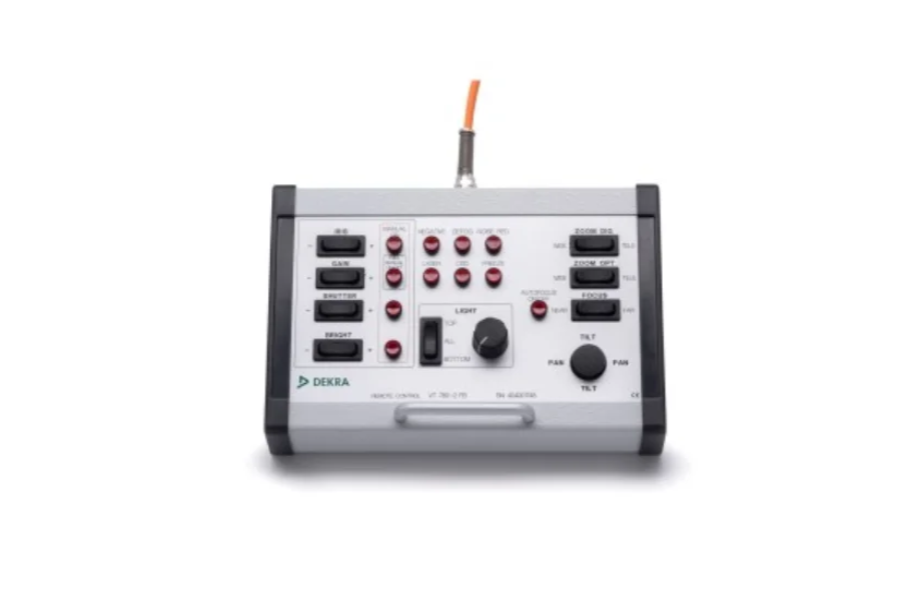Understanding DEKRA VT1000 Pitting Images: A Comprehensive Guide
Introduction
If you’ve come across the term “DEKRA VT1000 pitting images” and are unsure of its significance, you’re not alone. Whether you’re in the automotive industry, managing a fleet, or simply curious about vehicle inspections, understanding these images can be quite enlightening. In this guide, we’ll demystify the DEKRA VT1000, explain why pitting images are crucial, and illustrate their impact on vehicle safety. By the end, you’ll grasp how this technology works and why it’s revolutionizing vehicle inspections.
What is the DEKRA VT1000?
The DEKRA VT1000 is a sophisticated tool designed for vehicle inspection, focusing on critical components like tires and https://ventstech.com/brakes. Developed by DEKRA, a leading name in safety and testing, this device excels at detecting wear and tear in vehicles, especially those in commercial fleets.
A key feature of the VT1000 is its ability to capture high-resolution images that reveal signs of pitting. Pitting refers to small depressions or wear patterns on vehicle components, particularly brake discs and tires, which can impact both safety and performance.
Why Pitting Images Matter
Pitting images from the DEKRA VT1000 are crucial because they help detect early signs of damage that might not be immediately visible. These images enable a more thorough inspection, allowing for the identification of potential issues before they escalate into serious problems. For example, pitting on brake discs can compromise a vehicle’s braking ability, increasing the risk of accidents.
Using these images, fleet managers, mechanics, and vehicle owners can better assess the condition of their vehicles and address any necessary repairs or replacements.
How the DEKRA VT1000 Captures Pitting Images
The DEKRA VT1000 employs high-resolution cameras and advanced sensors to scan and capture detailed images of vehicle parts. This tool excels at detecting even the smallest pits and cracks, far surpassing the capabilities of a manual visual inspection. Here’s how it works:
- Scanning: The VT1000 scans tires, brakes, and other critical components for signs of damage.
- Image Capture: It takes high-resolution images that reveal pitting and other forms of wear.
- Analysis: Advanced software analyzes these images to identify any issues.
- Reporting: The results are compiled into a report, which simplifies the review process for technicians and fleet managers.
Benefits of Using the DEKRA VT1000 for Pitting Detection
The DEKRA VT1000 offers several advantages:
- Enhanced Safety: Early detection of pitting helps ensure vehicles remain safe to operate, reducing the risk of brake failures or tire blowouts.
- Cost Efficiency: Identifying and addressing pitting early can prevent more expensive repairs down the line.
- Operational Efficiency: The VT1000 enables quick and accurate inspections, minimizing vehicle downtime and streamlining maintenance.
- Regulatory Compliance: For industries with stringent safety regulations, the VT1000 provides detailed inspection data to help meet compliance requirements.
Interpreting DEKRA VT1000 Pitting Images
At first glance, pitting images may seem complex, but they’re relatively straightforward. These images typically display small, crater-like indentations on surfaces such as brake discs or tires.
While these pits might appear minor, they can lead to significant issues if left unaddressed. For instance, pitting on a brake disc can cause uneven braking, and pitting on a tire can increase the risk of a blowout at high speeds.
When interpreting these images, look for patterns and clusters of pits. Areas with more frequent or severe pitting may be under greater stress and should be prioritized for maintenance or replacement.
Common Causes of Pitting
Several factors contribute to pitting in vehicle components:
- Corrosion: Brake discs are especially prone to pitting due to rust, particularly in humid environments.
- Excessive Heat: High temperatures from braking can weaken metal surfaces and cause pitting.
- Debris: Small objects like rocks and dirt can cause pitting, especially on tires.
- Age: Older components naturally wear down, which can lead to pitting over time.
Preventing Pitting in Your Fleet
To prevent pitting, proactive maintenance is key. Regular inspections using tools like the DEKRA VT1000 can help detect issues before they become serious. Additionally, keeping vehicle parts clean and free from debris can reduce the risk of pitting.
Investing in high-quality components and protecting vehicles from excessive moisture and corrosive materials can also extend the lifespan of parts and mitigate pitting.
Conclusion
The DEKRA VT1000 pitting images offer valuable insights for anyone involved in vehicle maintenance or fleet management. By providing detailed images of potential problem areas, this technology enables more accurate and thorough inspections, leading to safer and more reliable vehicles.
Understanding these pitting images and acting on the information they provide can save time, reduce costs, and most importantly, prevent accidents caused by worn-out components. In an era where safety and efficiency are paramount, having tools like the DEKRA VT1000 at your disposal can make a significant difference.
FAQs
- What is pitting in vehicles?
- Pitting refers to small indentations or holes that develop on metal surfaces like brake discs or tires due to factors like corrosion, heat, or wear.
- How does the DEKRA VT1000 help detect pitting?
- The VT1000 captures high-resolution images of vehicle components, revealing early signs of pitting that might not be visible during a regular inspection.
- Why are pitting images important?
- Pitting images facilitate early detection of wear and tear, preventing larger, more dangerous issues from developing.
- Can pitting affect vehicle safety?
- Yes, pitting can compromise critical parts such as brakes and tires, leading to reduced performance and increased risk of accidents if not addressed.
- What causes pitting on brake discs?
- Common causes include corrosion from rust and excessive heat generated from frequent braking.
- How can I prevent pitting in my fleet?
- Regular inspections, keeping parts clean, and using high-quality components can help prevent pitting and extend the life of your vehicle parts.
]Discover the future of technology and its impact on our lives with VentsTech.com.














Post Comment